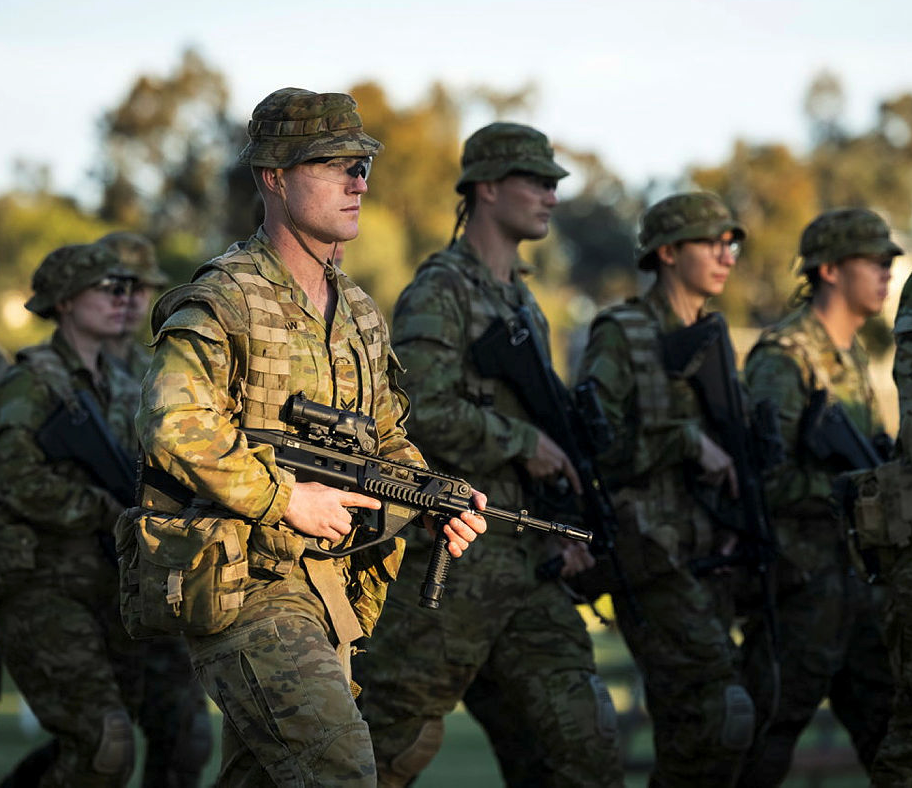 Young Australian men who embark on military training show substantial exercise-induced cardiac remodelling that continues after they reach peak physical fitness.
Young Australian men who embark on military training show substantial exercise-induced cardiac remodelling that continues after they reach peak physical fitness.
The findings, from a setting where diet, eating patterns, sleep and exercise regimens are tightly controlled and compliance was near 100%, are consistent with those seen previously in elite athletes, according to researchers from the Heart Research Institute, Sydney.
A longitudinal study of 63 Army recruits monitored fitness, clinical and echocardiographic parameters at baseline, after a 12-week moderate intensity exercise program, and then after a subsequent 15-week higher intensity exercise program.
The study, published in Medicine & Science in Sports & Exercise, found fitness increased significantly while BMI and % body fat decreased significantly after the exercise programs compared to baseline.
It found moderate and high intensity exercise was associated with an increase in left atrial and left ventricular volumes as well as an increase in LV end diastolic dimensions.
High, but not moderate intensity exercise, was associated with an increase in right atrial volume compared to baseline (p<0.01) while both exercise programs were associated with a significant increase in RV diastolic dimensions.
“Soldiers’ heart’, is characterised by balanced left and right ventricular chamber dilatation, normal left ventricular mass, normal systolic function, normal myocardial strain and enhanced diastolic function.”
“Of note, a substantial proportion of soldiers developed cardiac chamber enlargement beyond normal reference values,” the study authors said.
“As in ‘athletes’ heart’, our finding of cardiac chamber dimensions outside the normal range in more than 50% of the cohort after high intensity training has important implications, when assessing the hearts of soldiers and may help inform reference values in soldiers.”
The study said the increase in size of right-sided heart chambers appeared to be exercise-dose dependent and may be a better gauge of exercise-induced cardiac remodelling compared to the left chambers.
“Given the significant RA and RV remodelling in these soldiers that continued despite a plateau in physical conditioning, it will be important to assess the long-term limits of remodelling and any potential clinical implications.”
The authors, led by cardiologist Dr Kelly Stanton, said their study’s limitations included a lack of generalisability to the broader population including women, older people or adults with significant comorbidities.